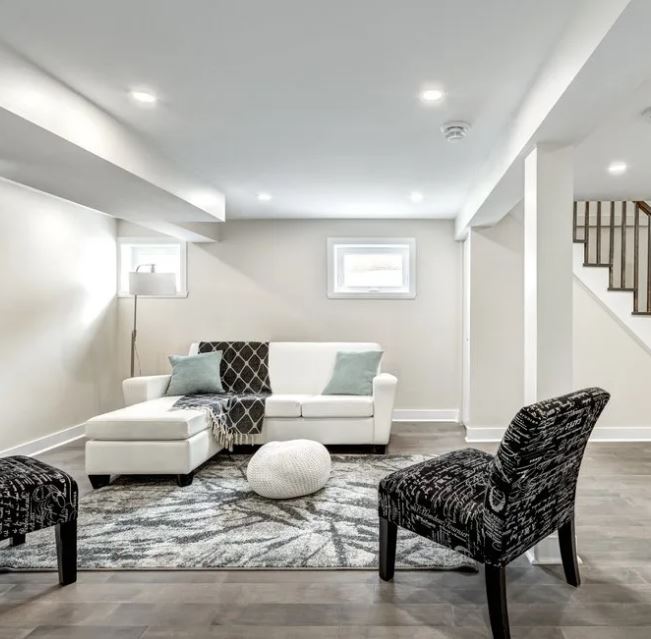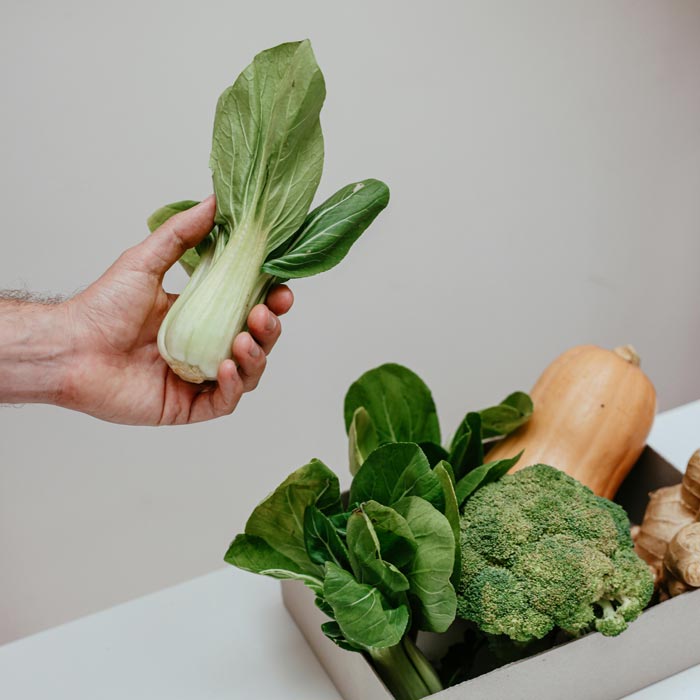Is Caulking Worth It in Geelong? Benefits, Costs, and How It Enhances Your Home
When it comes to home maintenance, some tasks are more noticeable than others. Caulking might not be the first thing that comes to mind, but it plays a crucial role in protecting your home from drafts, moisture, and even pests. If you’re a homeowner in Geelong, you might be wondering: Is caulking worth it?
The short answer is yes—caulking is a cost-effective way to improve energy efficiency, prevent water damage, and enhance your home’s appearance. But let’s dive deeper into the benefits, costs, and why this simple maintenance task can make a big difference in Geelong’s climate.
What Is Caulking and Why Is It Important?
Caulking is the process of sealing gaps and joints in your home using a flexible material (usually silicone, acrylic, or polyurethane). It’s commonly applied around windows, doors, skirting boards, and even bathroom tiles to prevent air leaks and water infiltration.
In Geelong, where weather conditions can range from coastal humidity to cold winters, proper sealing is essential. Without it, you could face:
- Higher energy bills (due to drafts)
- Moisture damage (leading to mould and rot)
- Pest infestations (insects and rodents entering through gaps)
By sealing these gaps, caulking acts as a barrier, keeping your home comfortable and structurally sound.
Key Benefits of Caulking in Geelong
1. Improved Energy Efficiency
Geelong experiences chilly winters, and if your home has gaps around windows or doors, warm air can escape while cold air seeps in. This forces your heating system to work harder, increasing energy bills.
Proper caulking reduces drafts, helping maintain a consistent indoor temperature. According to Energy Victoria, sealing gaps can cut heating and cooling costs by 10-20%, making it a smart investment.
2. Prevents Moisture and Mould Growth
Geelong’s coastal climate means higher humidity levels, which can lead to condensation and mould growth. Moisture can seep into walls through unsealed gaps, causing:
- Wood rot (damaging window frames and structural elements)
- Mould and mildew (posing health risks)
- Paint and plaster damage (leading to costly repairs)
Caulking around windows, bathrooms, and basements creates a waterproof seal, protecting your home from moisture-related damage.
3. Enhances Curb Appeal and Longevity
Cracked or missing caulk looks unsightly and can make your home appear neglected. Fresh caulking gives a clean, finished look to:
- Window and door frames
- Skirting boards
- Tile edges in bathrooms and kitchens
Additionally, by preventing water damage, caulking extends the lifespan of your home’s materials, saving you money on future repairs.
4. Keeps Pests Out
Small gaps around pipes, vents, and foundations are open invitations for ants, spiders, and even rodents. Silicone or polyurethane caulk acts as a barrier, keeping unwanted critters outside where they belong.
5. Reduces Noise Pollution
If you live near busy roads or in a windy area, caulking can help dampen outside noise by sealing air gaps that allow sound to travel inside.
How Much Does Caulking Cost in Geelong?
The cost of caulking depends on:
- DIY vs. Professional
- Type of caulk used
- Size of the area to be sealed
DIY Caulking Costs
If you’re handy, you can tackle caulking yourself. Here’s a rough breakdown:
- Caulk tubes: 5–5–20 per tube (silicone, acrylic, or hybrid)
- Caulking gun: 10–10–30 (if you don’t already own one)
- Tools for removal: Putty knife, utility knife, or caulk remover (5–5–20)
Total DIY Cost: 30–30–100 (depending on the size of the project).
Professional Caulking Costs
Hiring a professional ensures a high-quality, long-lasting seal. In Geelong, expect:
- Per linear metre: 3–3–10
- Per window/door: 50–50–150
- Full-house caulking: 300–300–1,000+ (depending on size)
Is professional caulking worth it? If you have a large home or hard-to-reach areas (like high windows), hiring an expert can save time and ensure durability.
Where Should You Caulk in Your Home?
Not all gaps are obvious. Here are key areas to check:
1. Windows and Doors
- Check for cracks between frames and walls.
- Reapply caulk if existing sealant is peeling or cracked.
2. Bathrooms and Kitchens
- Seal around sinks, bathtubs, and showers to prevent water damage.
- Re-caulk tiles if grout is deteriorating.
3. Skirting Boards and Corners
- Gaps between walls and floors can let in drafts and dust.
4. Exterior Gaps
- Seal around roof flashing, vents, and pipes to prevent leaks.
How Long Does Caulking Last?
Most caulking lasts 5–20 years, depending on the type:
- Silicone: 15–20 years (best for wet areas)
- Acrylic latex: 5–10 years (paintable, good for interiors)
- Polyurethane: 10–15 years (durable but harder to apply)
Signs you need to re-caulk:
- Cracking or peeling
- Gaps forming
- Moisture or mould near sealed areas
DIY Caulking Tips for Geelong Homeowners
If you decide to DIY, follow these steps:
- Remove old caulk using a scraper or caulk remover.
- Clean the area with rubbing alcohol to ensure adhesion.
- Cut the caulk tube nozzle at a 45-degree angle.
- Apply smoothly using steady pressure.
- Smooth with a wet finger or tool for a clean finish.
Pro Tip: Choose a dry day for caulking—humidity can affect drying time.
Final Verdict: Is Caulking Worth It in Geelong?
Absolutely! Whether you DIY or hire a professional, caulking is a low-cost, high-impact home improvement that:
✅ Saves money on energy bills
✅ Prevents costly water damage
✅ Improves comfort and air quality
✅ Boosts your home’s appearance
For Geelong’s climate, where moisture and temperature fluctuations are common, caulking is a smart investment that pays off in the long run.
Need Help with Caulking in Geelong?
If you’re unsure about tackling caulking yourself, local professionals can provide expert sealing services to keep your home protected year-round.
Got questions? Drop them in the comments below! 👇





